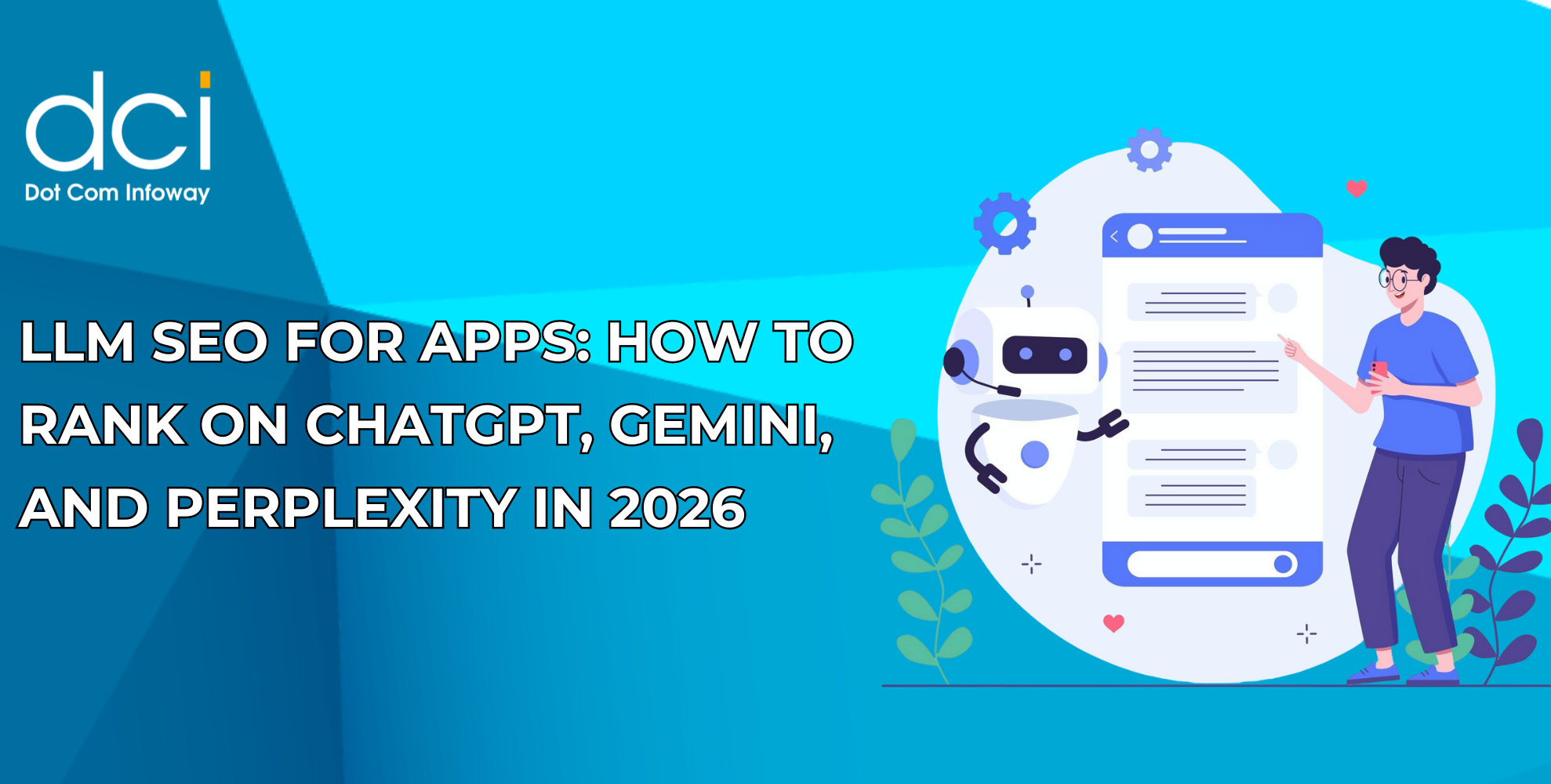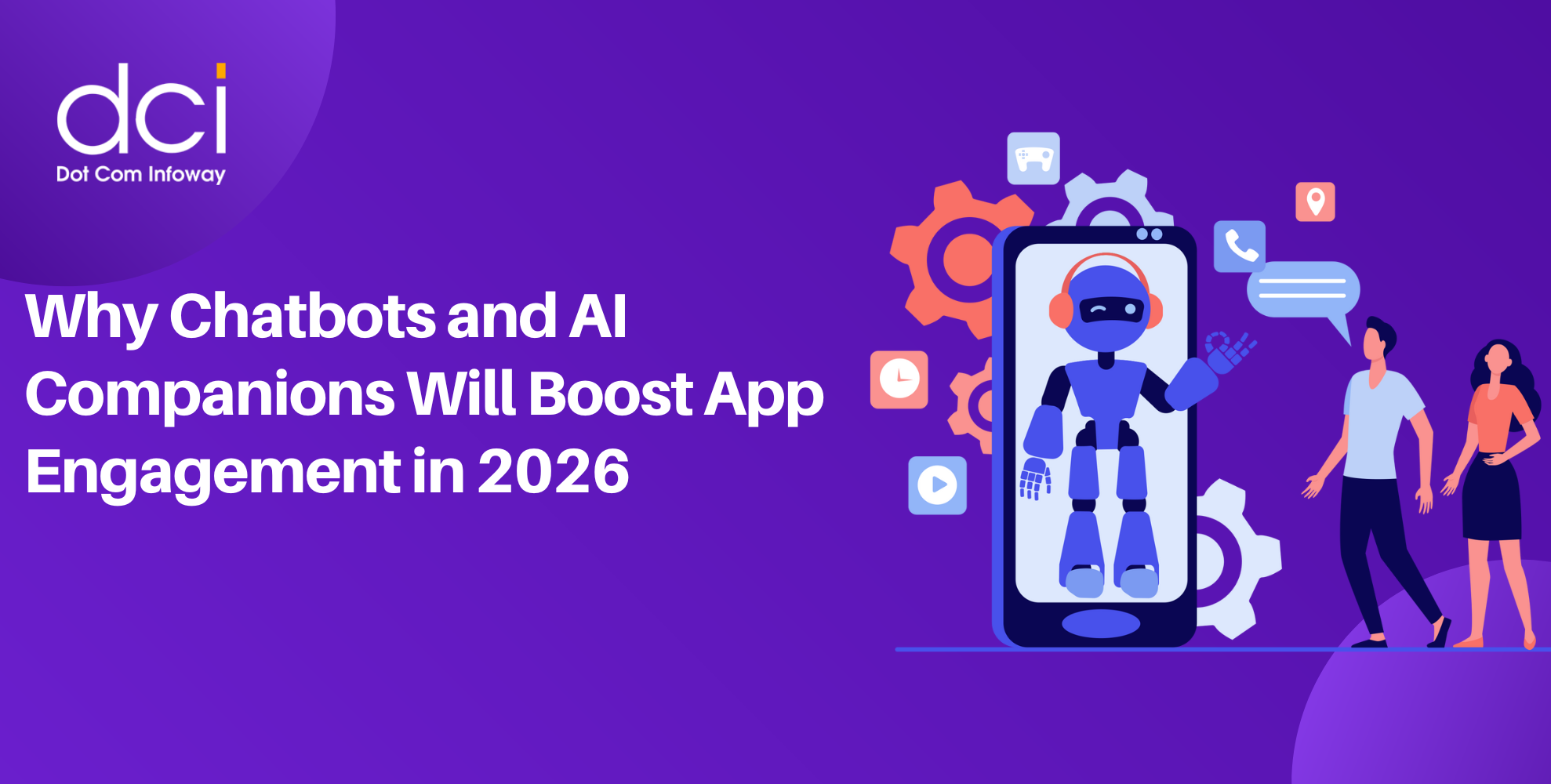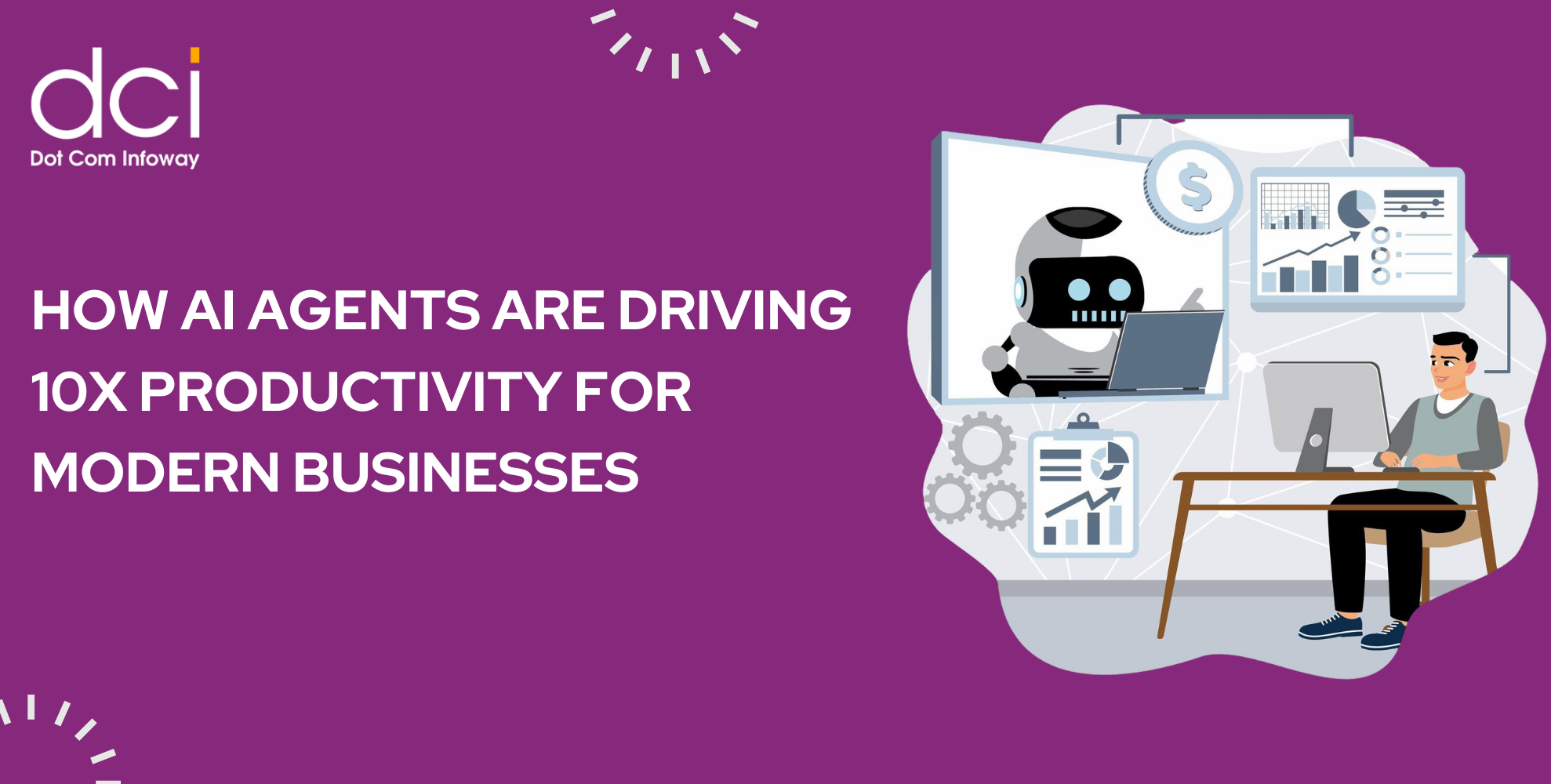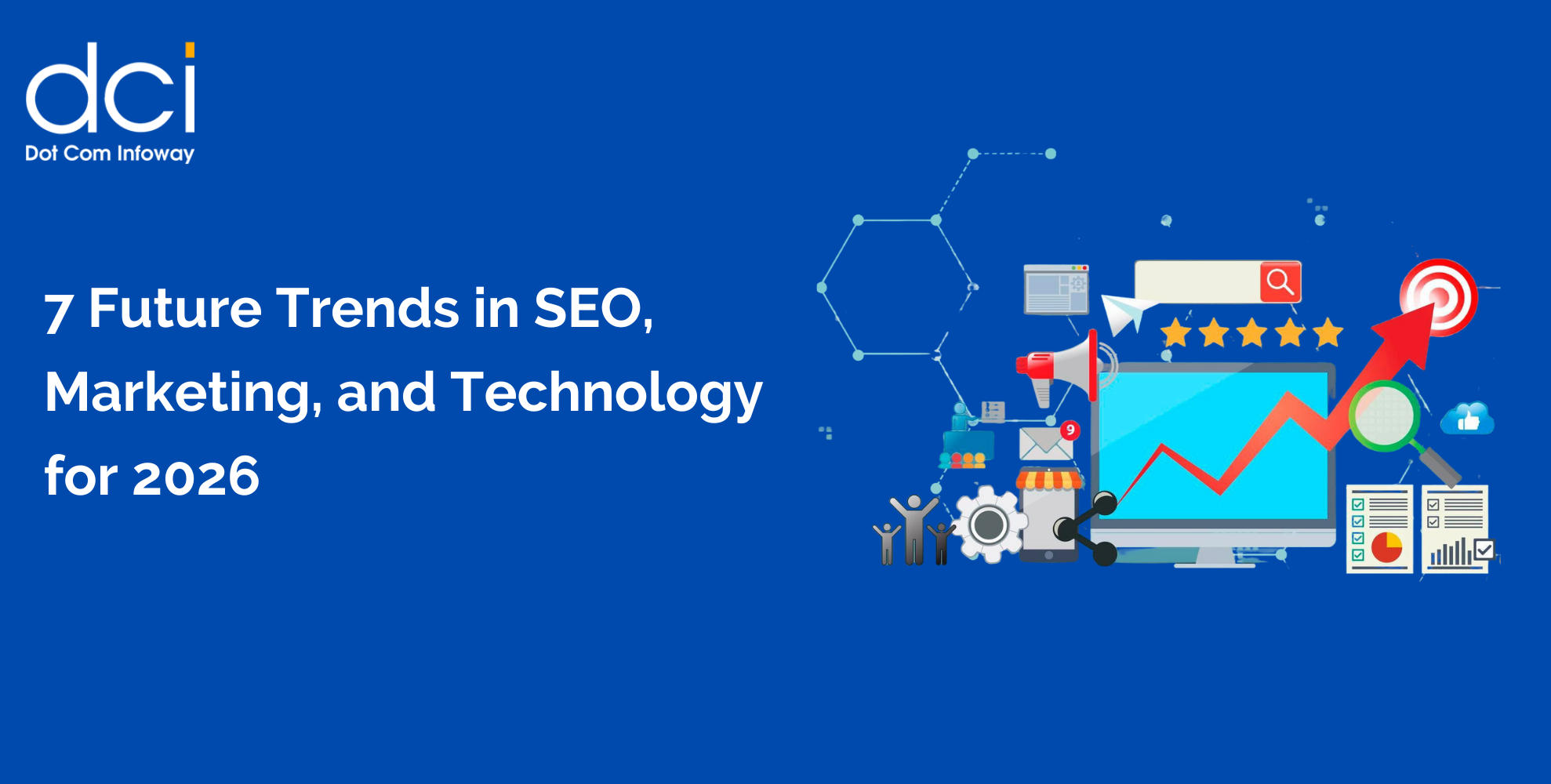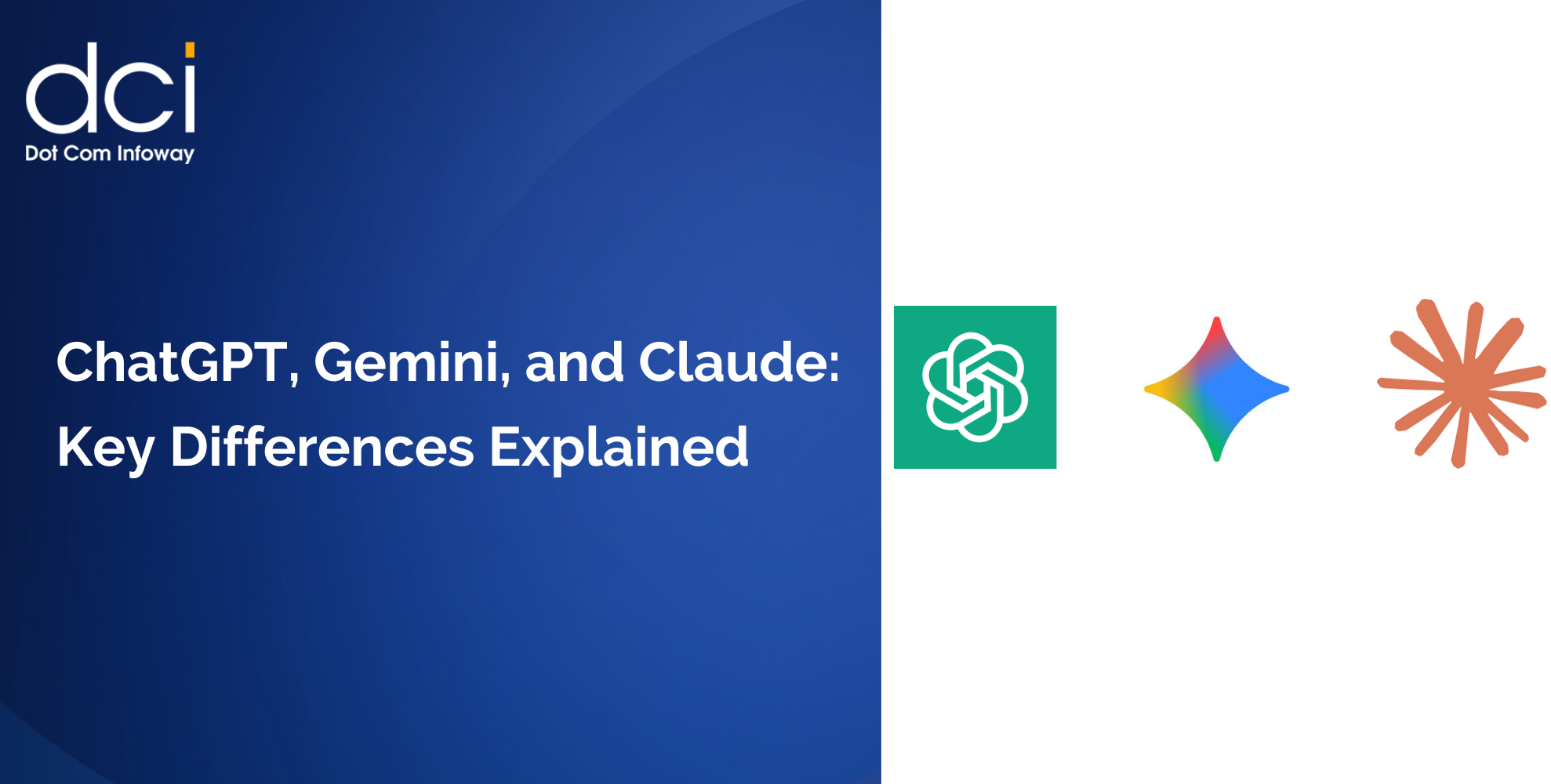What Are AI Mode Rankings and Why They Matter
When marketers talk about AI Mode Rankings, they’re referring to Google’s advanced search system that uses artificial intelligence to understand user intent beyond explicit keywords, generating comprehensive answers through sophisticated query processing.
Unlike traditional search results that rely primarily on keyword matching and backlink authority, the AI layer evaluates content through semantic understanding, contextual relevance, and the ability to address both stated and unstated user needs.
Google’s AI Mode functions through what experts call a “fan-out technique that issues multiple queries simultaneously” rather than processing just the user’s explicit search terms. According to Search Engine Journal, this allows Google’s custom Gemini model to synthesize responses across a much broader information landscape, fundamentally changing how content gets selected and ranked.
The system includes several specialized search capabilities that impact AI Mode Rankings:
• Deep Search: Provides comprehensive research with proper citations
• Live Search: Processes real-time queries using video and audio inputs
• Agentic Search: Completes task-based searches that require actions
• Shopping Integration: Handles e-commerce queries through product graphs
• Personal Context: Incorporates user history and connected applications
How Google’s AI Mode Processing Changes Everything
Traditional SEO focused on optimizing individual pages for specific keywords. AI Mode Rankings operate differently, processing what researchers call “latent questions”: follow-up questions users implicitly need answered but never explicitly state in their search queries.
“Rather than optimizing for a single keyword or specific page, you’re now optimizing for your content to be semantically relevant across dozens of hidden queries and competitive within Google’s custom corpus,” explains recent research on AI-driven SEO strategies.
This shift makes rankings probabilistic rather than deterministic. Your content’s visibility now depends as much on embedding alignment as traditional authority signals. Google uses its Information Gain Patent to identify these hidden information needs, ranking pages that fill gaps users didn’t even know they had.
For example, someone searching “best coffee brewing methods” might have latent questions about:
• Equipment maintenance and cleaning
• Cost comparisons between different brewing systems
• Time requirements for each method
• Flavor profiles and coffee bean compatibility
AI Mode Rankings reward content that anticipates and addresses these unstated needs, making comprehensive coverage more valuable than keyword density.
Key Factors That Influence AI Mode Rankings
Natural Language Processing (NLP) has become the cornerstone of how AI systems evaluate content relevance. Modern algorithms understand context and intent rather than just matching keywords. A search for “best pasta recipe” could indicate desires for quick weeknight meals, traditional Italian methods, or vegetarian options, and AI distinguishes between these nuances when determining AI Mode Rankings.
E-E-A-T (Experience, Expertise, Authoritativeness, and Trustworthiness) has gained even greater importance in AI-powered search. AI systems excel at detecting thin content created purely for ranking purposes. Content must demonstrate genuine expertise and provide substantial value to succeed in AI Mode Rankings.
User Engagement Signals now carry unprecedented weight. AI doesn’t just analyze content structure; it observes how users interact with results, using behavioral patterns to assess relevance and quality. Pages that generate meaningful engagement, longer dwell times, and positive user signals receive preference in AI Mode Rankings.
Semantic Content Alignment determines how well your content matches the AI system’s understanding of query intent. This goes beyond traditional keyword optimization to include related concepts, synonyms, and contextually relevant information that AI models use to evaluate topical authority.
Optimizing Content for AI Mode Rankings
Successfully competing in AI Mode Rankings requires adopting “Relevance Engineering”: a fundamentally different approach from traditional SEO practices. This involves optimizing content at the passage level for semantic similarity, ensuring different sections align with various aspects of user intent.
Passage-Level Optimization means targeting specific content sections for different query variations rather than optimizing entire pages for single keywords. Each paragraph should serve a specific semantic purpose, addressing different facets of user intent that might influence AI Mode Rankings.
Comprehensive Content Strategies must address the entire spectrum of related questions, not just the primary query. Research suggests that AI systems favor content that provides complete coverage of a topic, including addressing common follow-up questions and related concerns.
Structured Data Implementation helps AI systems confidently identify entities and properties within your content. Proper markup for products, organizations, people, and events gives AI algorithms clear signals about your content’s relevance and authority, directly impacting AI Mode Rankings.
Key structured data types that influence AI rankings include:
• Product markup for e-commerce content
• Organization schema for business information
• Person markup for author credibility
• FAQ schema for question-based content
• Review markup for social proof

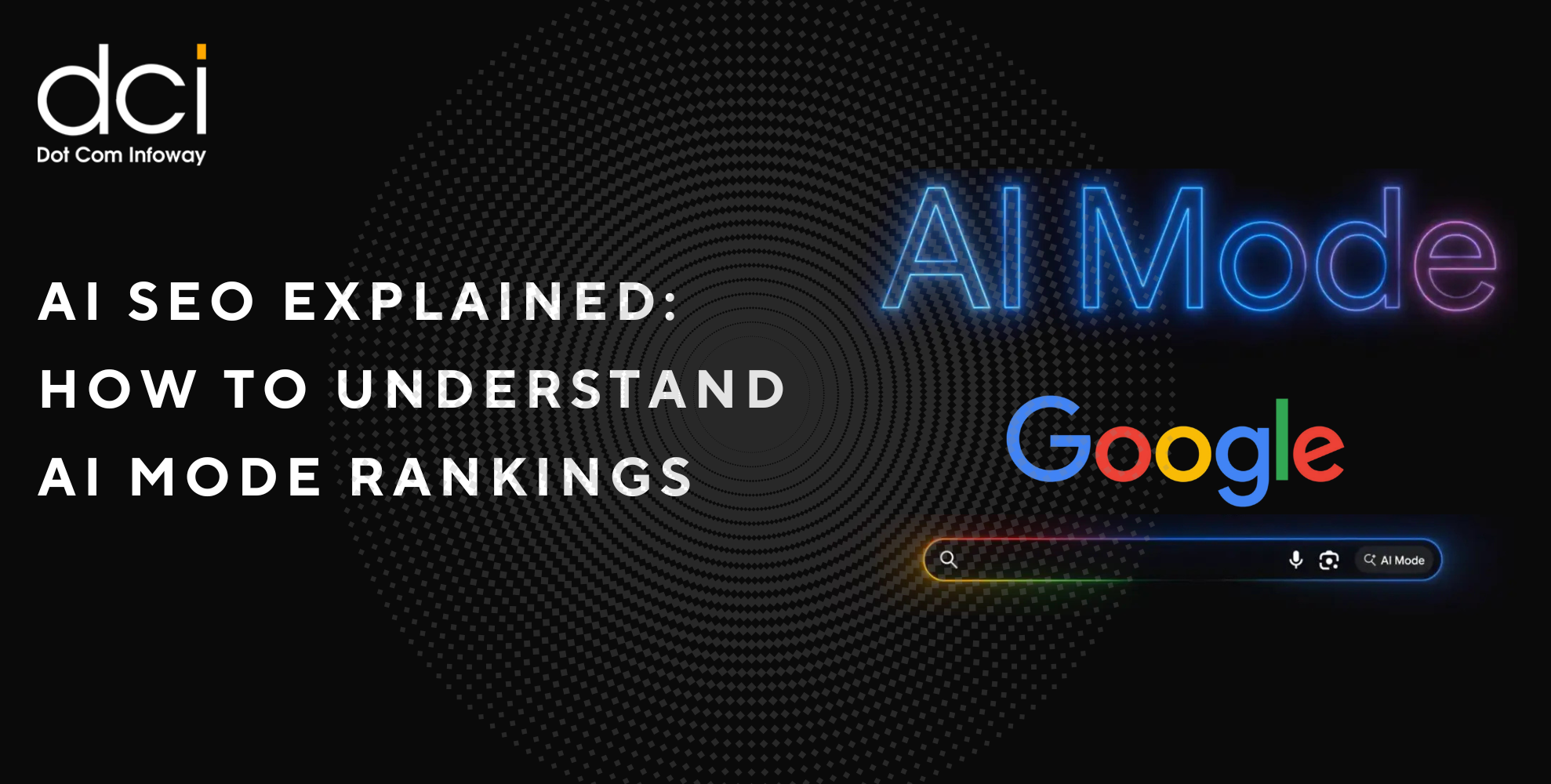





![The Game Marketing Guide: Pre and Post-Launch Strategies [Infographic]](https://www.dotcominfoway.com/wp-content/uploads/2023/09/DCI-Game-Marketing-blog-1.jpg)
